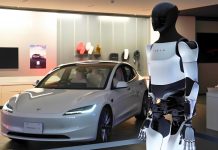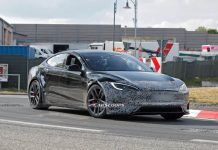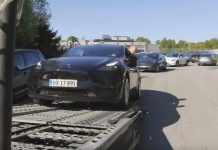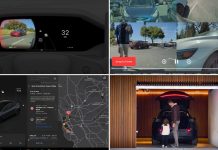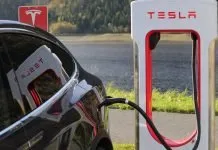The landscape of electric vehicle range reporting is undergoing a pivotal transformation. The Environmental Protection Agency (EPA), tasked with regulating the emissions and energy consumption of vehicles in the United States, has implemented new testing procedures designed to more accurately reflect real-world driving conditions.
These changes come at a time when EVs are gaining significant traction in the market, with consumers increasingly turning to electric power as a viable and sustainable alternative to traditional internal combustion engines. The updated testing protocols aim to provide a clearer picture of what EV drivers can expect in terms of vehicle range, a crucial factor in the adoption of electric mobility.
For consumers, the EPA’s revised testing methods are more than a bureaucratic update; they represent a shift towards greater transparency and reliability in the advertised capabilities of EVs. Range anxiety remains a significant barrier to EV adoption, and more accurate range predictions are vital for building consumer confidence. For manufacturers, particularly Tesla, which has been at the forefront of the EV revolution, these changes necessitate adjustments in how they report the range of their vehicles.
It is a critical juncture that underscores the importance of adaptable business models and the need for clear communication with potential buyers.
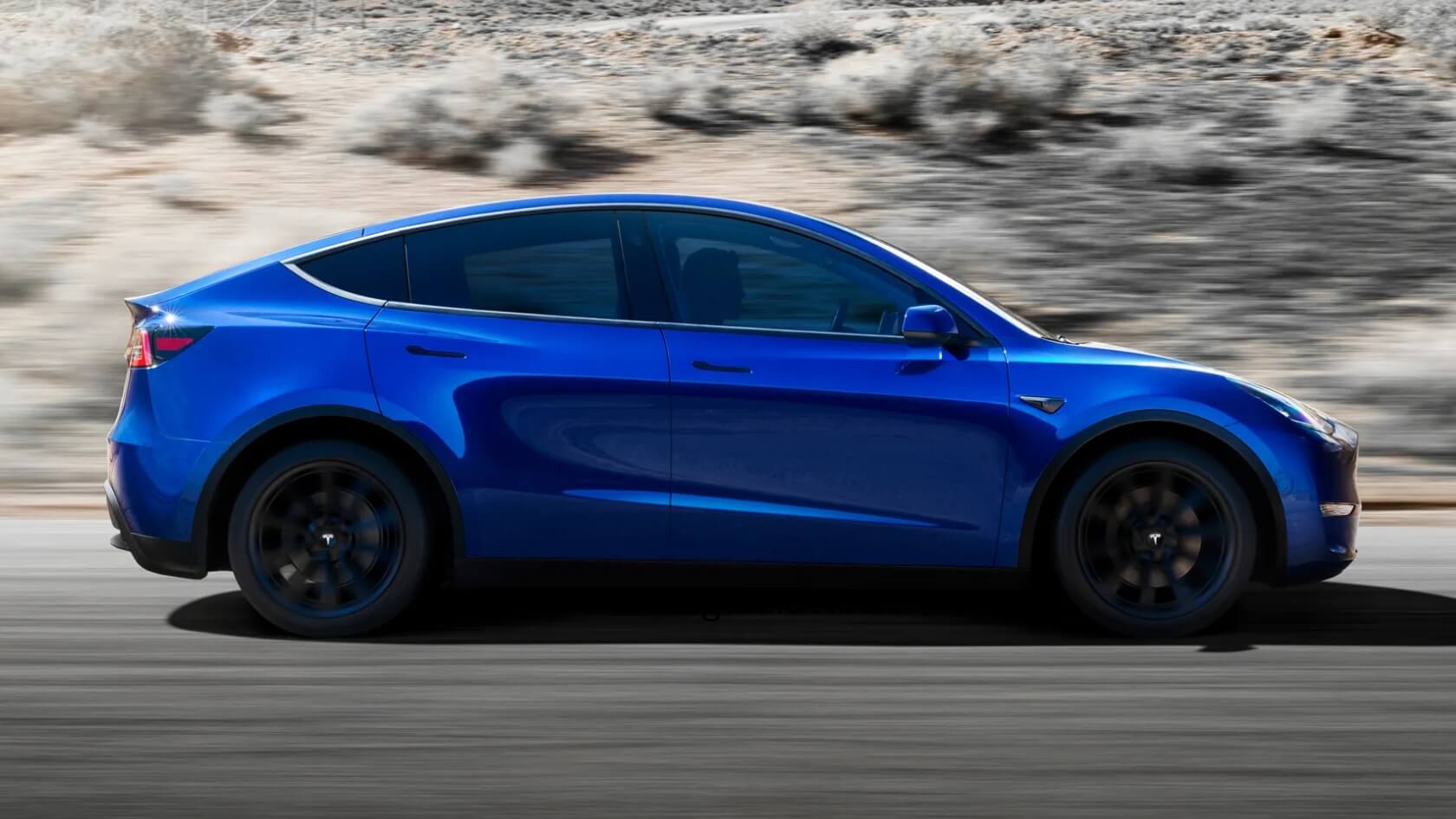
Table of Contents
Tesla Revised EPA Range Numbers
In response to the EPA’s revised testing protocols, Tesla has updated the range figures for its flagship Model S and Model X vehicles. The advertised range of these vehicles has seen a reduction, with the Model X Long Range now standing at 335 miles, down from 348, and the Model X Plaid at 326 miles, down from 333. Similarly, the Model S Plaid has experienced a decrease to 359 miles from the previous 396.
Not all Tesla models have seen a decrease in their reported ranges. The Model S Long Range, for instance, has maintained its advertised range of 405 miles. This consistency suggests that some Tesla vehicles may align more closely with the real-world conditions anticipated by the new EPA testing methods.
The Model Y has also seen adjustments in its range figures. The Model Y Long Range now advertises a range of 310 miles, reduced from 330, while the Model Y Performance variant shows a range of 285 miles, down from 303. These changes reflect the impact of the new testing procedures across Tesla’s diverse vehicle lineup.
EPA Testing Guidelines Explanation
The policy document marks a significant milestone in the EPA’s approach to evaluating electric vehicles. Released to the public and manufacturers alike, this document outlines the updated regulatory framework for testing the range and energy efficiency of battery electric vehicles (BEVs). The intent is to refine the methodology to ensure that the range figures provided to consumers are more representative of what they can expect under normal driving conditions, rather than under optimal circumstances that are rarely encountered during everyday use.
Single Default Drive Mode Requirements
The new guidelines stipulate that BEVs should be tested in a single default drive mode if one exists. This mode is defined as the setting in which the car starts upon ignition and is presumed to be the one most commonly used by drivers. The implication for manufacturers is clear: the default mode must now align closely with the typical driving conditions to ensure the accuracy of range estimates.
Testing in Best-Case and Worst-Case Scenarios
In a departure from previous practices, the EPA now requires that vehicles be tested across a spectrum of scenarios, capturing both the most efficient (best-case) and the least efficient (worst-case) settings. This holistic approach recognizes that drivers will utilize various vehicle features that can significantly impact the range, such as air conditioning, heating, and different driving modes.
Exclusions for Impractical Drive Modes
The EPA’s revised policy acknowledges that certain drive modes are not practical for everyday use and therefore, should not influence the official range figures. These might include modes that are designed for performance rather than efficiency, which are less likely to be used consistently by the average driver.
The agency has reserved the right to average the results from different driving modes when substantial evidence suggests that a non-default mode will be commonly used by drivers in real-world conditions. This approach aims to provide a balanced and realistic range figure that accounts for the variety of ways in which a vehicle might be driven.
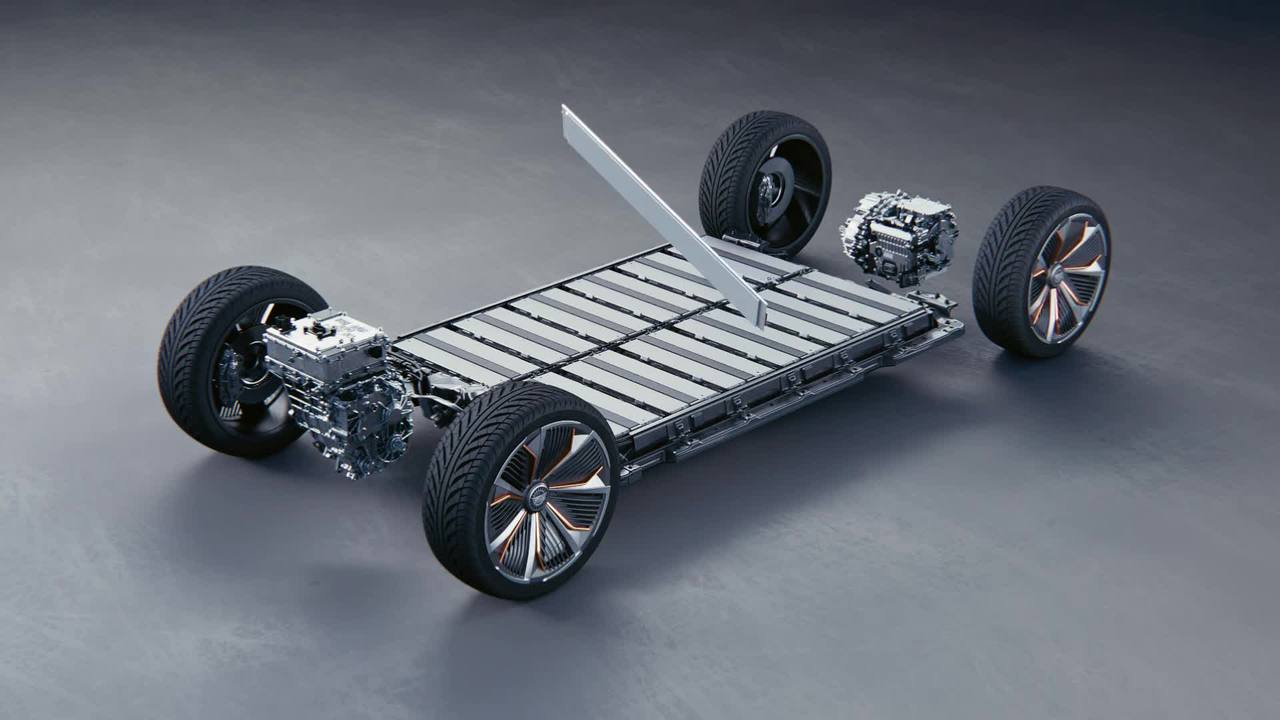
Reasons Behind the Range Reduction
The rationale for the updated testing methodology is rooted in a commitment to realism. The EPA has recognized that the previous range estimates, often derived under ideal conditions, did not always hold up under the rigors of daily use, where factors such as weather, road conditions, and driving habits play a crucial role. The new testing is designed to simulate these conditions more accurately, thus providing consumers with figures that are more aligned with their actual driving experience.
The averaging of best-case and worst-case scenarios naturally leads to a more conservative range estimate. For Tesla, this has manifested in the reduced range numbers across several models. It’s a move that may initially seem detrimental from a marketing standpoint but is ultimately beneficial for consumer satisfaction. By ensuring that the advertised range is achievable in typical driving conditions, Tesla and other manufacturers can build stronger trust with their customers, reducing the discrepancies between expected and actual vehicle performance.
Range Anxiety in EVs
The adjustment in range figures, while rooted in a pursuit of accuracy, may raise concerns among potential EV buyers. Range anxiety has long been a hurdle in the adoption of electric vehicles, and any reduction in reported range might be viewed with skepticism. To alleviate these concerns, Tesla, alongside other manufacturers, may need to bolster consumer education, highlighting that these new ranges are not only more realistic but also reflective of the diverse driving habits and conditions encountered by the average driver.
Enhanced communication strategies could include detailed explanations of how different driving modes affect range and guidance on how to optimize vehicle settings for maximum efficiency.
Conclusion
The EPA’s revised testing protocols are a step towards greater transparency in the electric vehicle industry. By emphasizing testing that mirrors real-world conditions, the EPA aims to ensure that consumers have accurate information when making purchasing decisions. These changes are a nod towards the maturation of the EV market and an acknowledgment that consumer trust is paramount.
Throughout this transition, Tesla has exemplified a commitment to transparency with its consumers. By promptly updating range estimates and maintaining open communication channels, Tesla has demonstrated its responsiveness to regulatory changes and its dedication to customer satisfaction. The absence of price hikes in response to the revised ranges further cements Tesla’s reputation as a consumer-centric brand.
The implications of the EPA’s testing revisions extend beyond Tesla, signaling to the entire EV industry that adaptability and accuracy are essential for future success. As the EV landscape evolves, consumers are becoming more knowledgeable and their expectations more nuanced. The industry must respond in kind, with transparent practices and a willingness to embrace changes that enhance the accuracy of the information provided to consumers.

